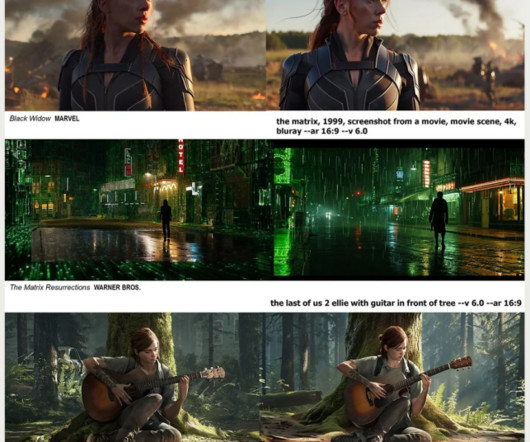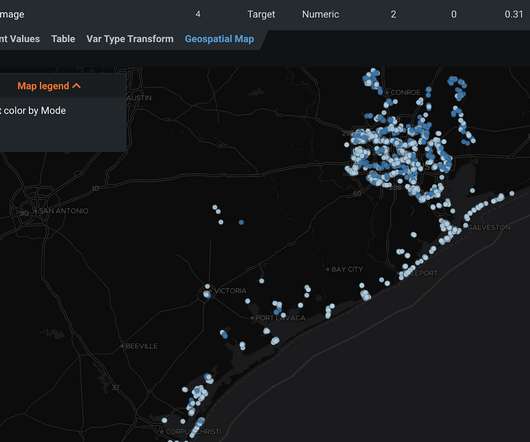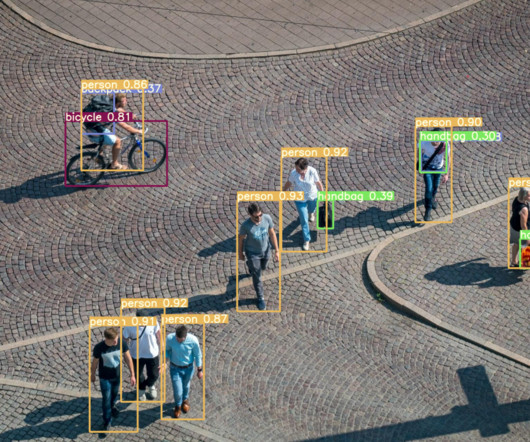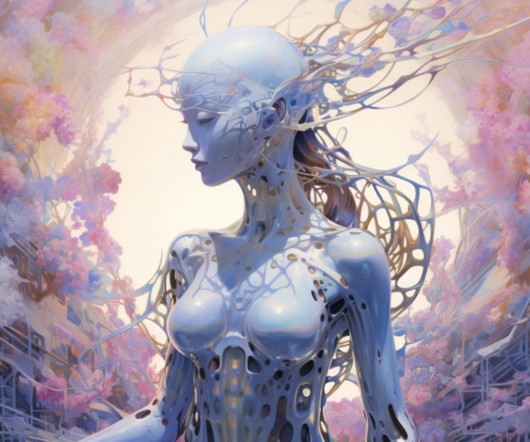The Plagiarism Problem: How Generative AI Models Reproduce Copyrighted Content
Unite.AI
JANUARY 9, 2024
As a result, generative AIs can unintentionally reproduce verbatim passages or paraphrase copyrighted text from their training corpora. Key Examples of AI Plagiarism Concerns around AI plagiarism emerged prominently since 2020 after GPT's release. 2023; Carlini et al.,













Let's personalize your content